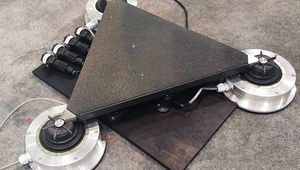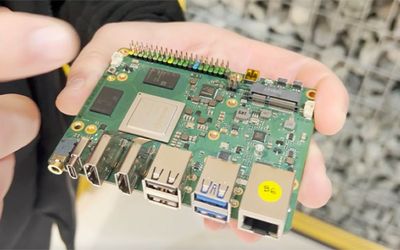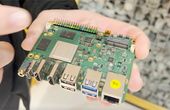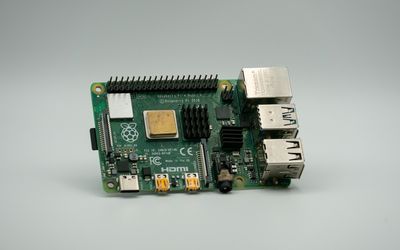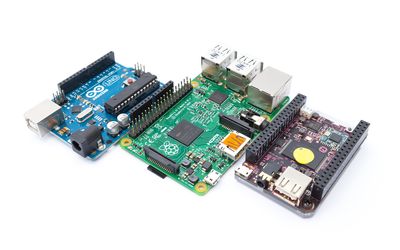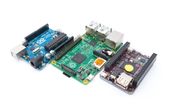SparkFun MGM240P Thing Plus Matter Development Board
An agile development and prototyping board for Qwiiic and Matter-based IoT ecosystems.
Technical Specifications
| Product Type | Multiprotocol Development Tool |
| Connector Type | USB-C |
| Interface | UART, SPI, and I2C |
| Microprocessor | 32-bit Arm M-33 core processor |
| Memory | 1536 kB (Flash), 256 kB RAM |
| Applications | Smart homes, lighting, digital gateways, building automation |
Overview
It’s a miniature board featuring sufficient IO interfaces, communication interfaces, LiPo battery charging connection, and many other essential microcontroller features. It provides a robust development environment to produce low-energy systems. Its applications extend to IoT devices, smart home systems, lighting applications, and building automation systems.
Feather-Compatible Design for Easy Integration with Qwiic Connect Systems
The Thing Plus Matter - MGM240P board is Feather-compatible and easily integrates with the SparkFun Qwiic plug-and-play development environment to connect sensors, actuators, and other electronic components.. There is a dedicated Qwiic connector that allows solderless connection with the I2C circuit. The 4-pin JST Qwiic connector provides a smooth option to integrate various IO devices with the development board.
Moreover, developers can daisy-chain multiple Qwiic modules over the I2C communication protocol. Hence, it reduces circuit complexity, allowing multiple sensors like temperature sensors, accelerometers, actuators, motor drivers, and OLED displays to communicate with the development board over just two wires.
The board features an Arm Cortex-33 microprocessor with an analog-to-digital converter (ADC) and a built-in digital-to-analog (DAC) . Hence, it accommodates analog and digital signals from sensors and other communication devices.
Flexible Hardware for Rapid Prototyping
The board provides a breakout interface for connecting up to 21 GPIO connections simultaneously. There are four mounting holes that allow the board to be steadily secured in its place. The breakout pins can be fully multiplexed through software.
The communication interfaces include SPI, UART, and I2C. Moreover, the onboard Silicon Labs MGM240P wireless module features Bluetooth 5.3 and 802.15.4 wireless connectivity protocols for Zigbee and OpenThread. There is also a built-in antenna to support flawless communication that makes it viable for IoT and remote applications. The MGM240P wireless module is built around the Silicon Labs EFR32MG24 wireless system-on-chip, and it is secured with specialized Secure Vault technology that protects against unauthorized hardware access and data breaches.
The Thing Plus Matter - MGM240P board also features a 2-pin JST LiPo battery connector with a configurable charge rate of 500 mA (default) and 100 mA (alternate) for the Microchip MCP73831 battery charger. The board also supports low power mode consuming up to 15 microamps to ensure minimal power usage for sensitive IoT applications. There is an additional Analog Devices MAX17048 single-cell LiPo fuel gauge that monitors charging and battery life for the development board.
The board offers additional indicator LEDs:
Red LED (PWR) for power indication
Yellow LED (CHG) for charging status
Blue LED (STAT) for board status
The board is portable and works with various testbench setups allowing developers to create and prototype applications for IoT, robotics, smart homes, and automation.
Where to find it

Mouser Electronics
Mouser Electronics is a worldwide leading authorized distributor of semiconductors and electronic components.
